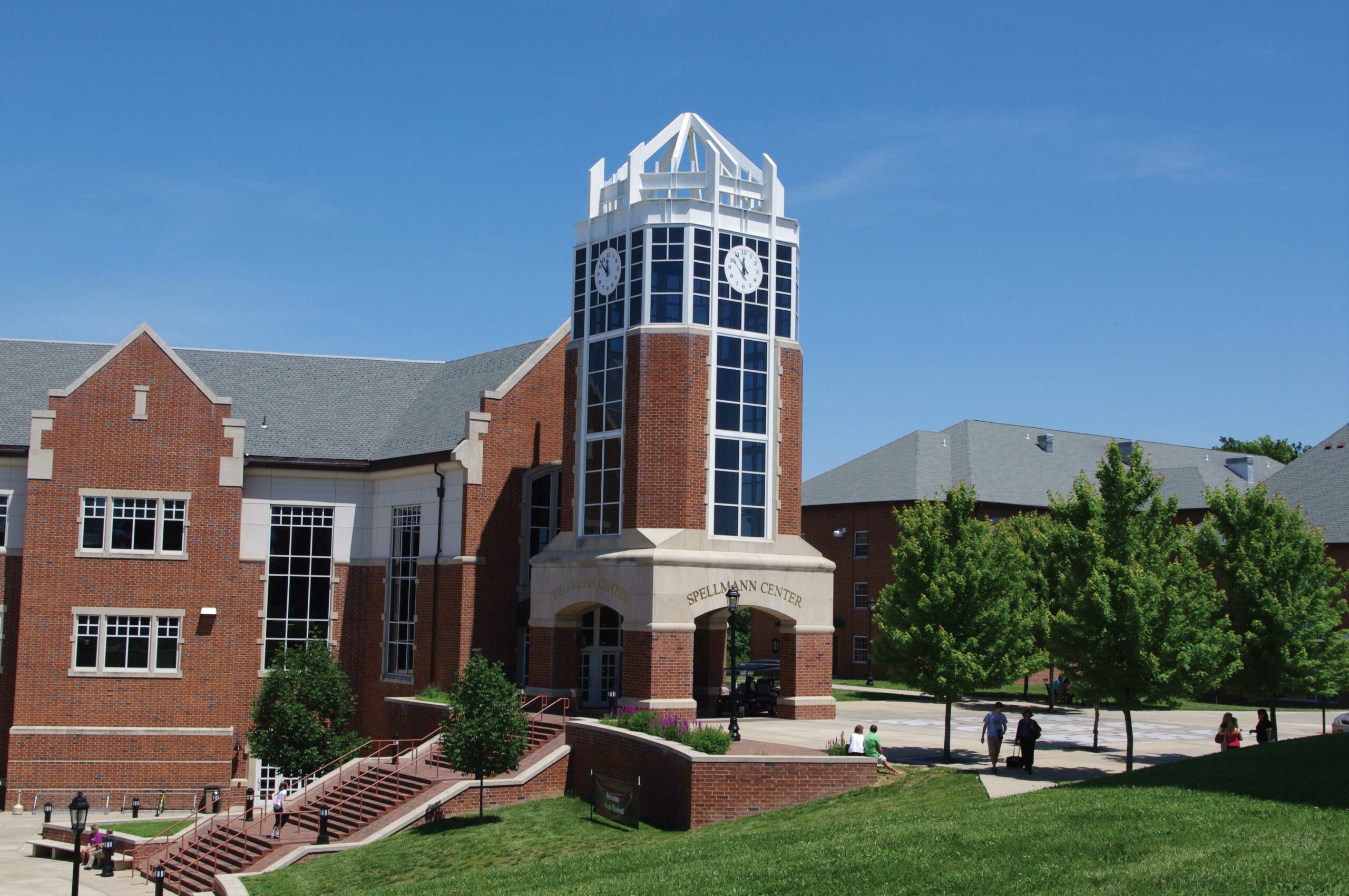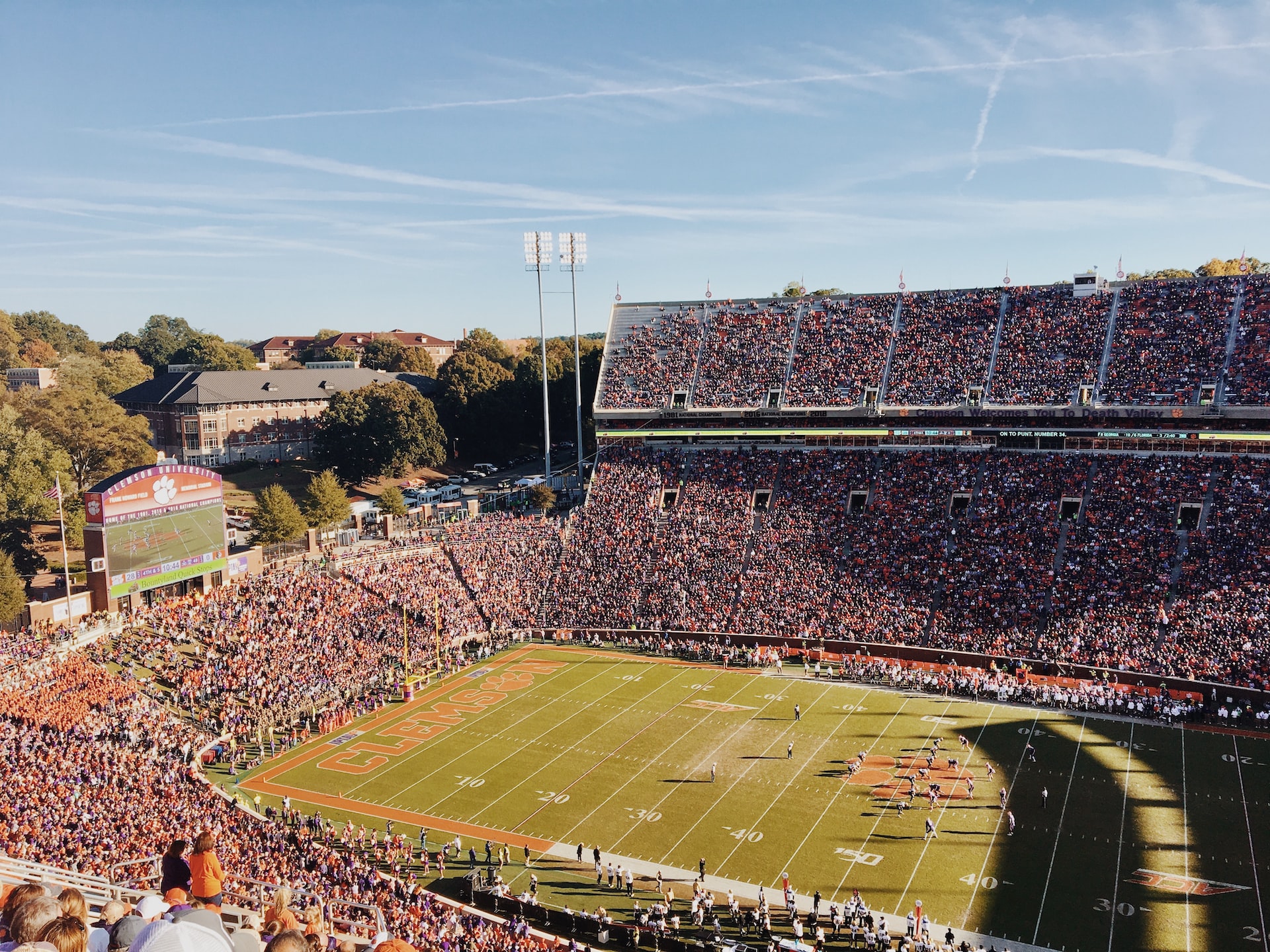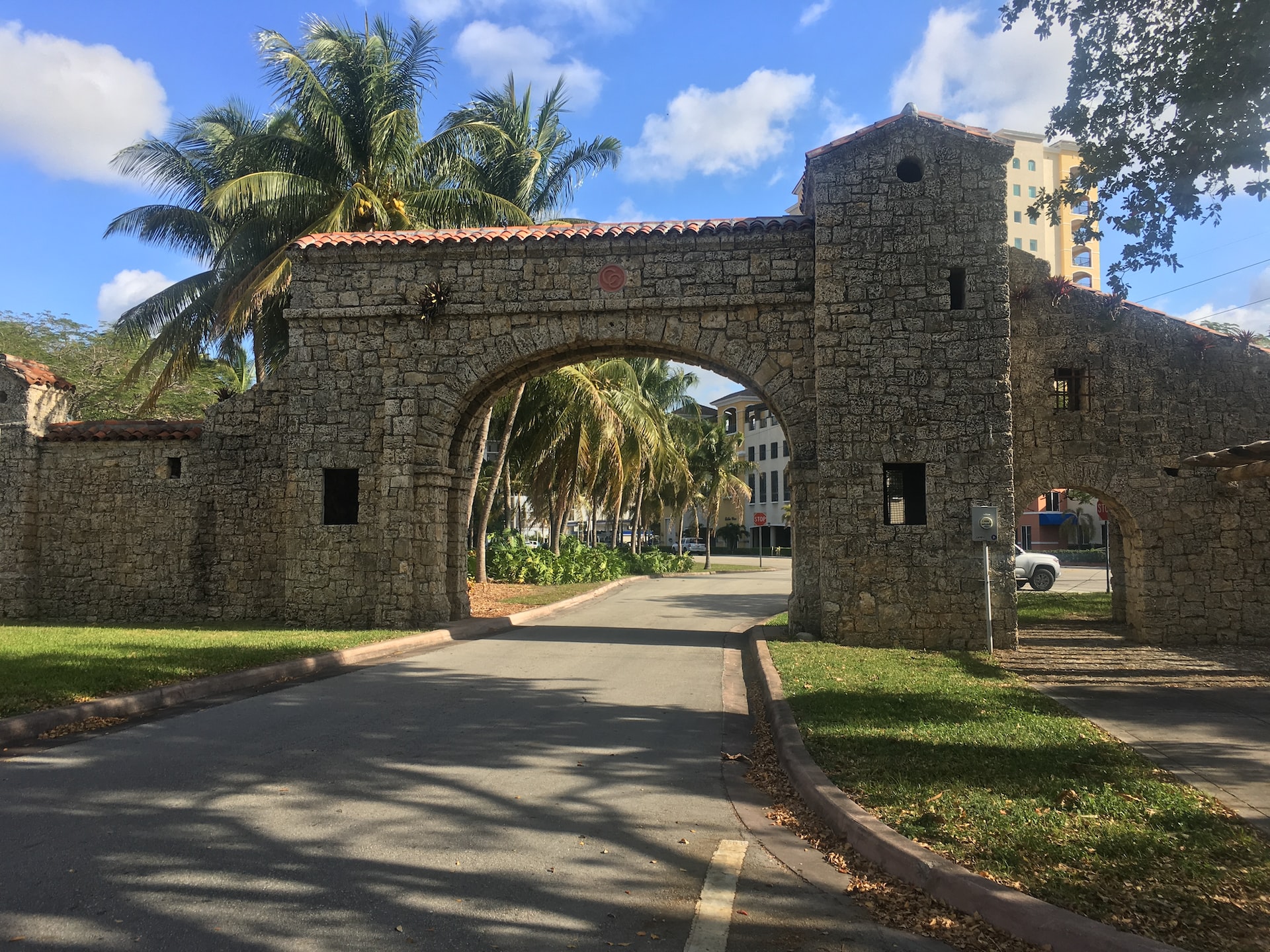Admit it, higher education leaders: Is there anything more charming than walking onto a college or university campus, even if that location is nestled in a smaller location just outside of a major metropolitan area? Whether it is Burlington, Vt., or Coral Gables, Fla., there are few experiences like taking a stroll on the tree-lined pathways at UVM or even exploring the richness of the University of Miami.
But perhaps there is no better standout than the college area that features the other U-M – that is, the University of Michigan. Ann Arbor, Mich., boasts the Big House and some of the most intense football Saturdays in the U.S., but it also is affordable, career friendly and safe for students. Given all of its positive traits, Ann Arbor is at the top of the list of college areas for students to live and study, according to Preply, a firm that connects students globally with tutors.
“What makes a great ‘college town?’ Is it the positive, youthful vibe or the security of a tight-knit community? Southern charm or the presence of a quaint liberal arts college?” asks Amy Prichett, student success manager at Preply. “Some like pleasant climates and recreational opportunities, while others prefer the community culture or nightlife. We considered factors such as cost of living, employment opportunities and fun things to do.”
At U-M and across Ann Arbor, there is no shortage of that.
“The Diag [U’M’s central open area on campus] hosts picnics, concerts, outdoor films, and fundraisers,” Preply’s marketing specialist Nadiia Mykhalevych writes in their report of the best areas to attend college that have populations of less than 125,000. “Ann Arbor enjoys a fantastic mixture of ethnic cuisines thanks to its immigrant populations. [U-M’s] no-cost bus system ferries students throughout the school’s campuses. Ann Arbor also has several extensive bicycle routes.”
At No. 2 is surprising St. Charles, Mo., which has a community college, a career center and just one major institution within its borders. But picturesque Lindenwood University is growing fast, with an impressive 9% rise in enrollment over the past year. One of the major draws is it has kept its historic feel–once a stopping point for Lewis and Clark–and its stellar location across the Missouri River from St. Louis is a plus. Rent here is a nice $925 per month and its crime rate is super low.

At No. 3 is Newark, Del., perhaps not an area sought out by those outside of the Mid-Atlantic, but one where costs are low for students who attend the University of Delaware and where recreation is abundant. There is also the bonus of being close to a number of beaches and big cities including Washington, D.C., and Baltimore.
Three locations in the Upper Midwest also get high marks from Preply–LaCrosse, Wis., Grand Forks, N.D., and Rochester, Minn.–the latter two boasting the best of both worlds that mix small urban and rural environments. Rochester has six institutions within its limits and an astounding 142 parks to go with an active arts and theatre scene.

Rounding out the top 10 are two more football-crazy locations from the Southeastern Conference: Clemson, S.C. (No. 8) and Auburn, Ala. (No. 10). Sandwiched in between is West Lafayette, Ind. (No. 7), home of Purdue University, and the spectacular Asheville, N.C. (No. 8).
While Preply’s list might be unique, its methodology is fairly robust. College areas were scored on three metrics–Wallet Friendliness, Social Environment and Economic Opportunities, each receiving an equal share of 33.3%. Within those categories were factors that improved a score for each. For example, the cost of rent or an inexpensive meal out were part of Wallet Friendliness, while average net salary and employment rates were part of Economic Opportunity.
Here is how the Top 10 broke down:
- Ann Arbor, Michigan
- Total score: 73.96
- Social environment: 21.17
- Wallet friendliness: 18.92
- Economic opportunity: 27.87
- St. Charles, Missouri
- Total score: 72.43
- Social environment: 18.90
- Wallet friendliness: 25.88
- Economic opportunity: 27.65
- Newark, Delaware
- Total score: 70.77
- Social environment: 23.57
- Wallet friendliness: 20.96
- Economic opportunity: 26.25
- La Crosse, Wisconsin
- Total score: 70.30
- Social environment: 18.10
- Wallet friendliness: 27.12
- Economic opportunity: 25.07
- Grand Forks, North Dakota
- Total score: 65.88
- Social environment: 20.97
- Wallet friendliness: 23.92
- Economic opportunity: 21.00
- Rochester, Minnesota
- Total score: 64.43
- Social environment: 10.10
- Wallet friendliness: 26.71
- Economic opportunity: 27.62
- Clemson, South Carolina
- Total score: 63.67
- Social environment: 19.57
- Wallet friendliness: 22.59
- Economic opportunity: 22.81
- West Lafayette, Indiana
- Total score: 63.93
- Social environment: 15.93
- Wallet friendliness: 19.67
- Economic opportunity: 28.33
- Asheville, North Carolina
- Total score: 63.92
- Social environment: 23.03
- Wallet friendliness: 17.80
- Economic opportunity: 23.08
- Auburn, Alabama
- Total score: 63.47
- Social environment: 13.83
- Wallet friendliness: 24.59
- Economic opportunity: 25.04

Here is the rest of the Top 50:
- Coral Gables, Fla.
- Laramie, Wy.
- Norman, Okla.
- Brookline, Mass.
- Ithaca, N.Y.
- Oshkosh, Wis.
- Huntsville, Texas
- Wilmington, N.C.
- Richmond, Calif.
- Germantown, Md.
- Stony Brook, N.Y.
- Medford, Mass.
- Stanford, Calif.
- Burlington, Vt.
- Davie, Fla.
- Santa Barbara, Calif.
- Edmond, Okla.
- Normal, Ill.
- Cedar Falls, Iowa
- Westminster, Calif.
- State College, Pa.
- Urbana, Ill.
- Richardson, Texas
- Conway, Ark.
- Green Bay, Wis.
- Charlottesville, Va.
- Costa Mesa, Calif.
- Chapel Hill, N.C.
- San Luis Obispo, Calif.
- Oxford, Ohio
- Somerville, Mass.
- Bozeman, Mont.
- Valdosta, Fla.
- Kendall, Fla.
- Bowling Green, Ohio
- Radford, Va.
- Cambridge, Mass.
- Fargo, N.D.
- Beaumont, Texas
- Waltham, Mass.

